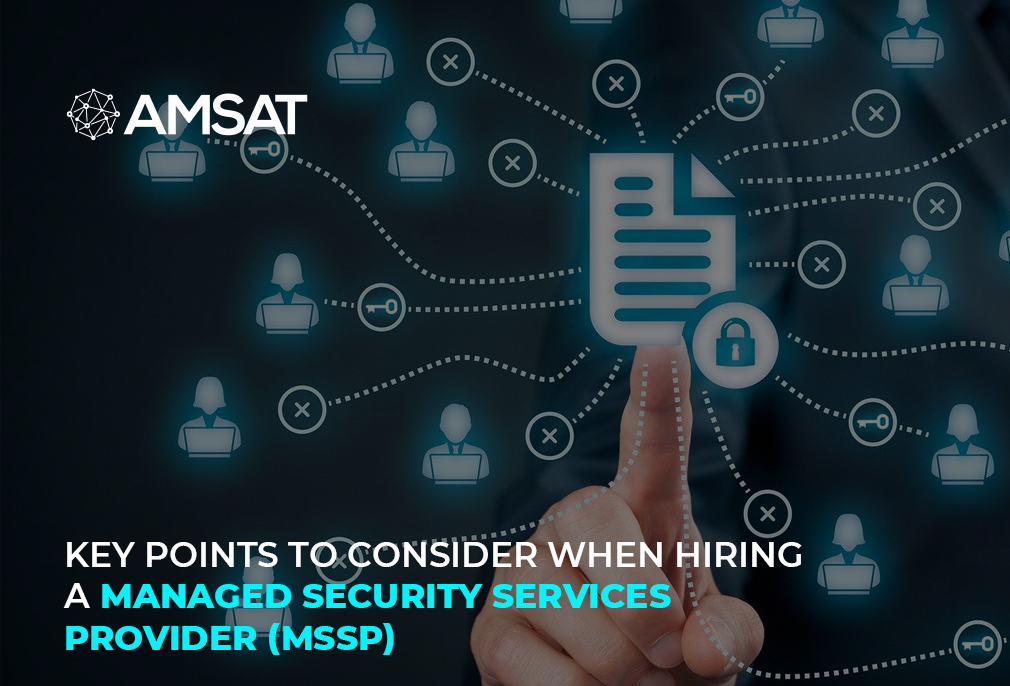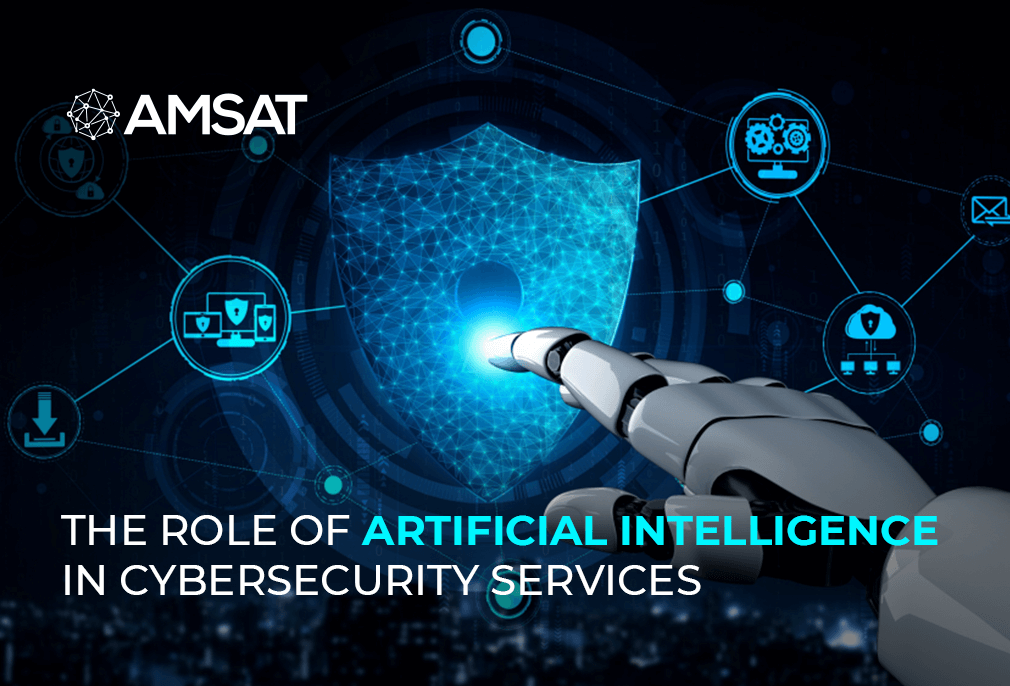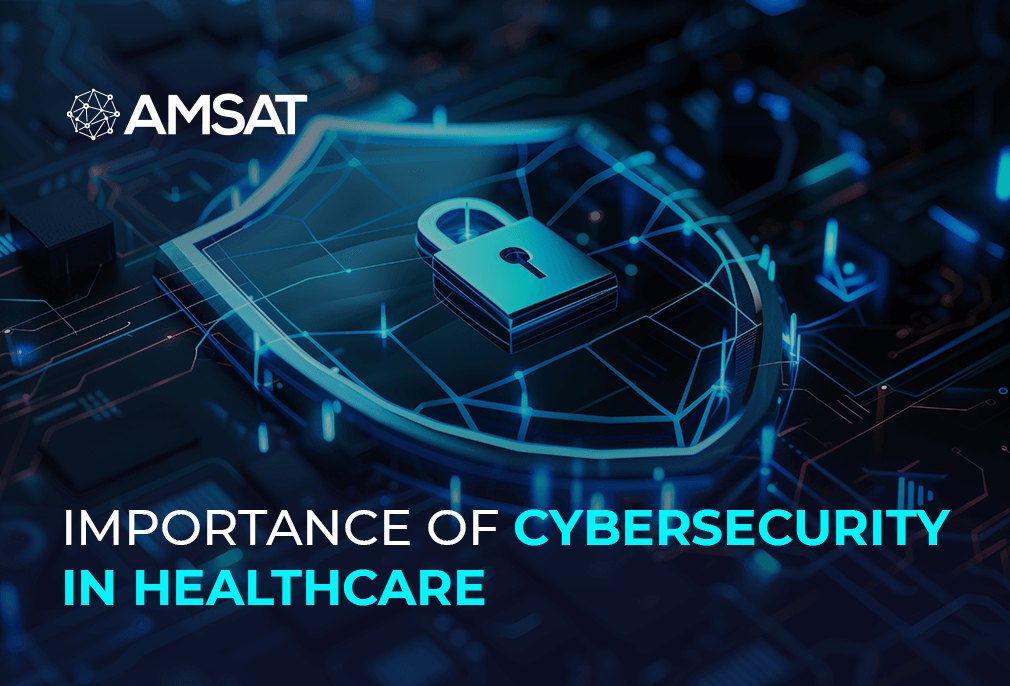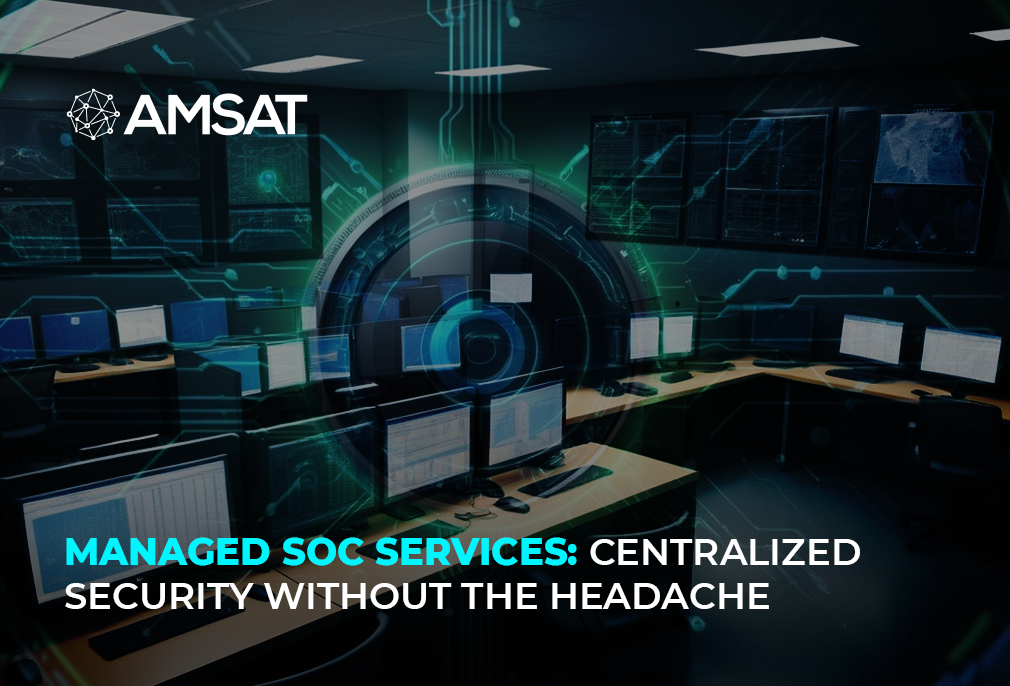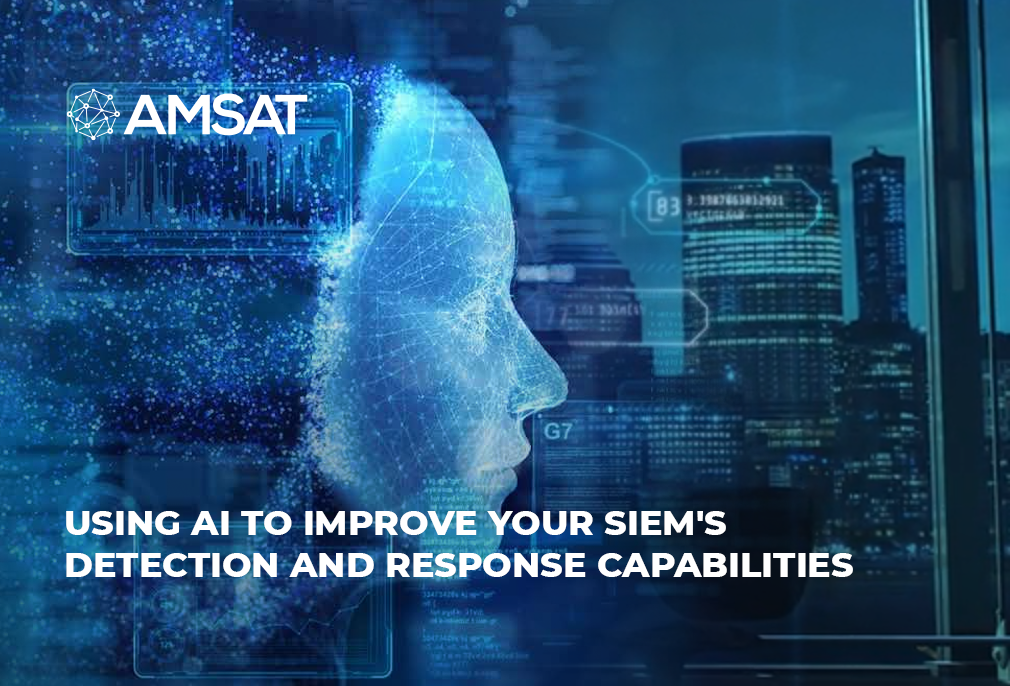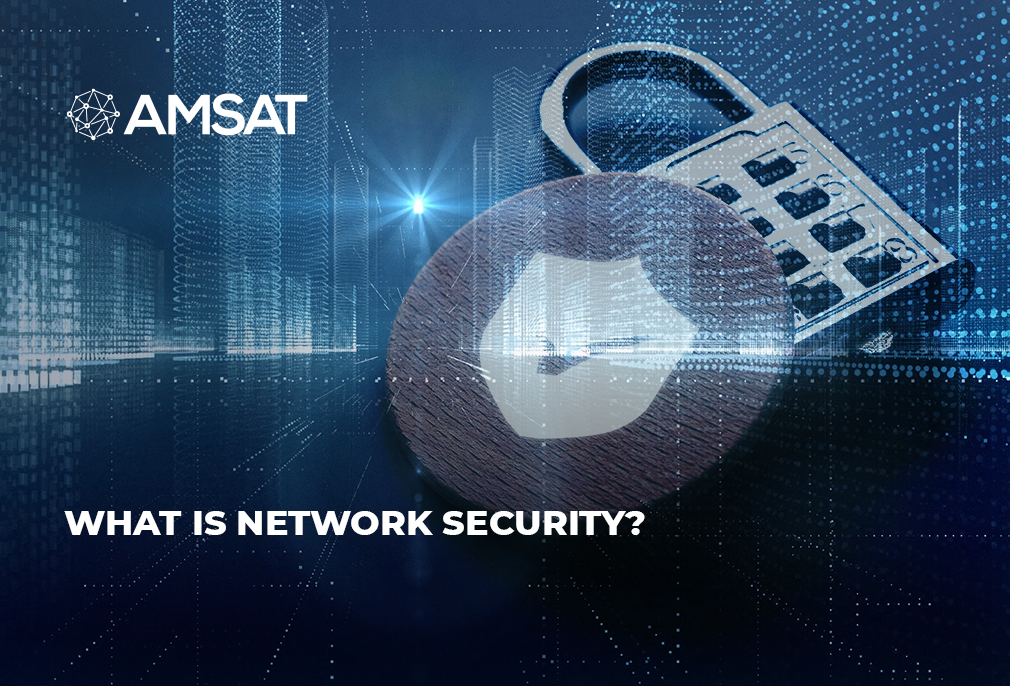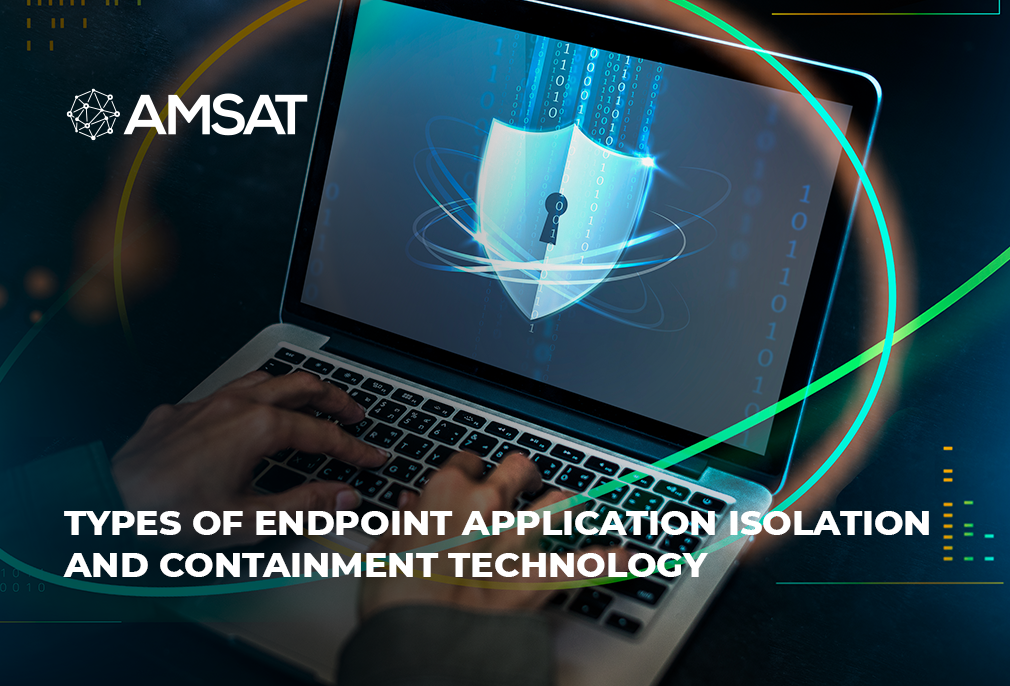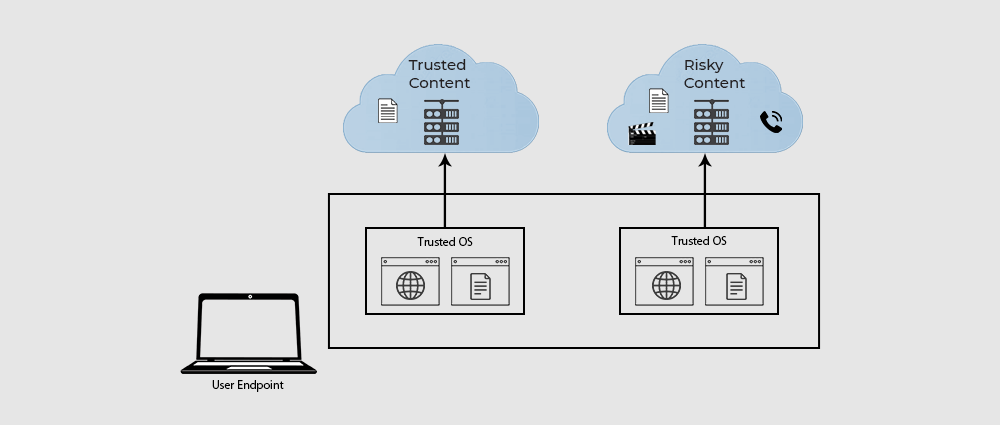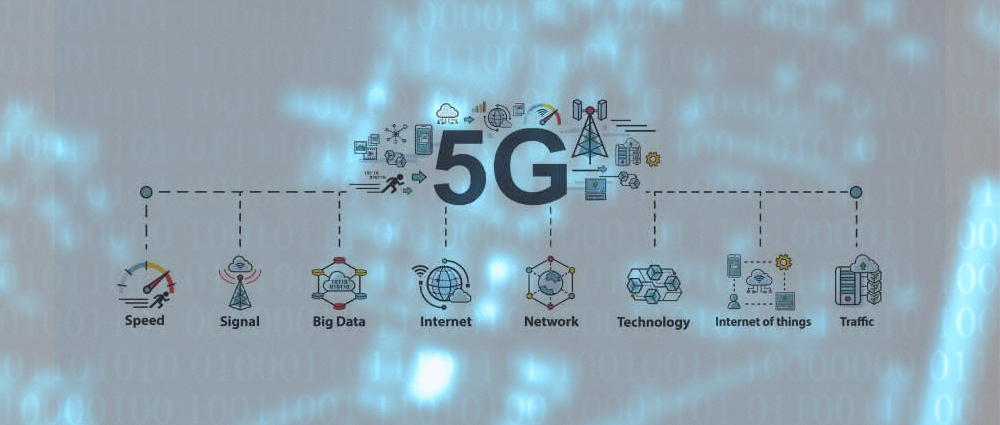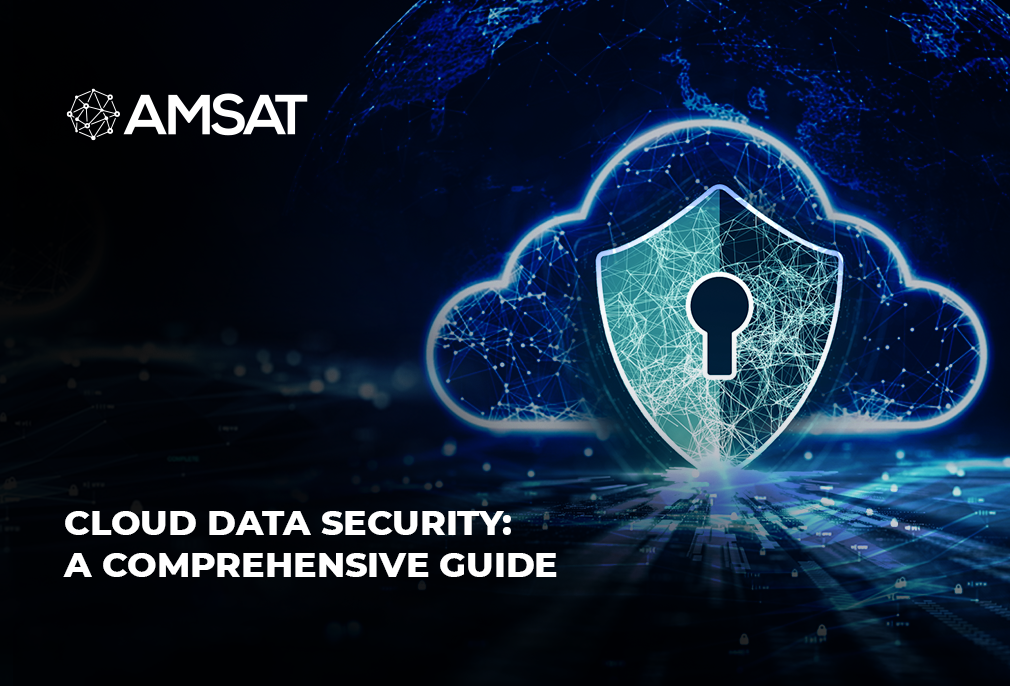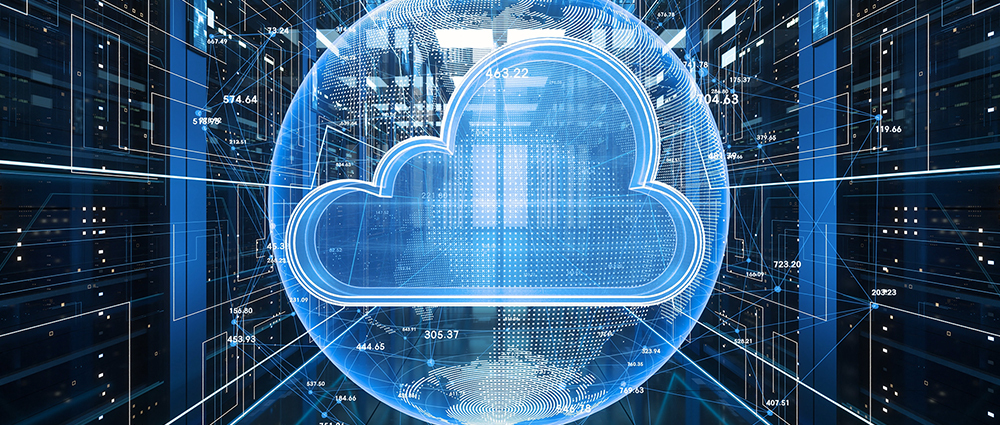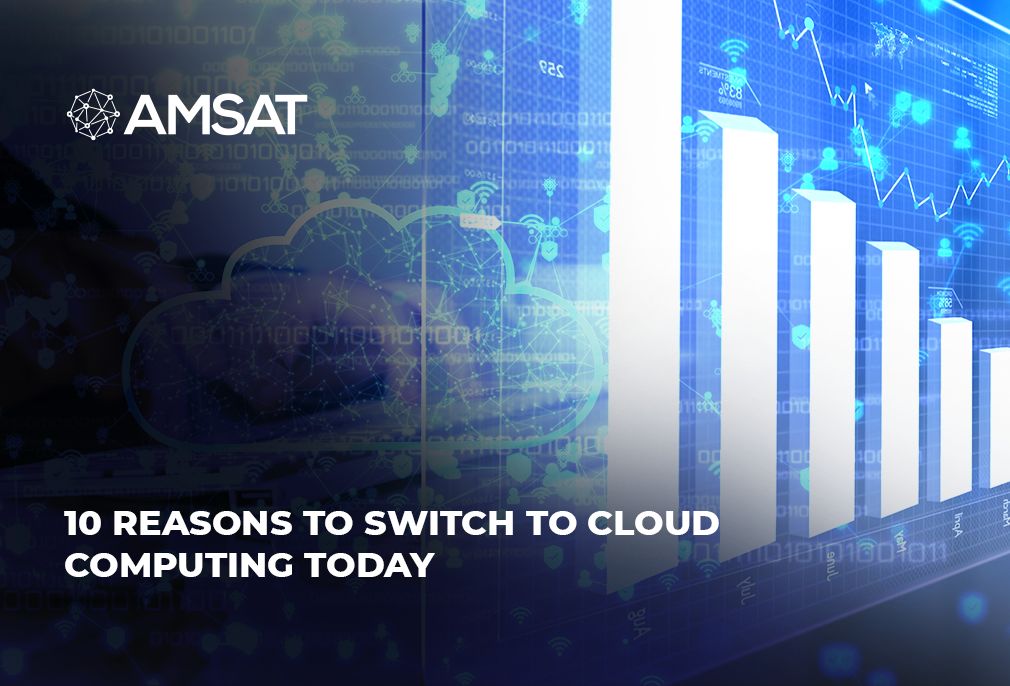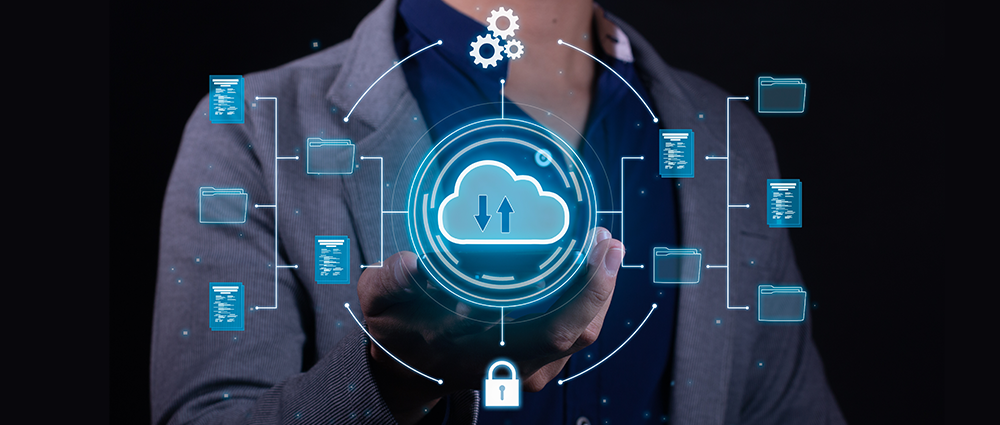Latest Blogs
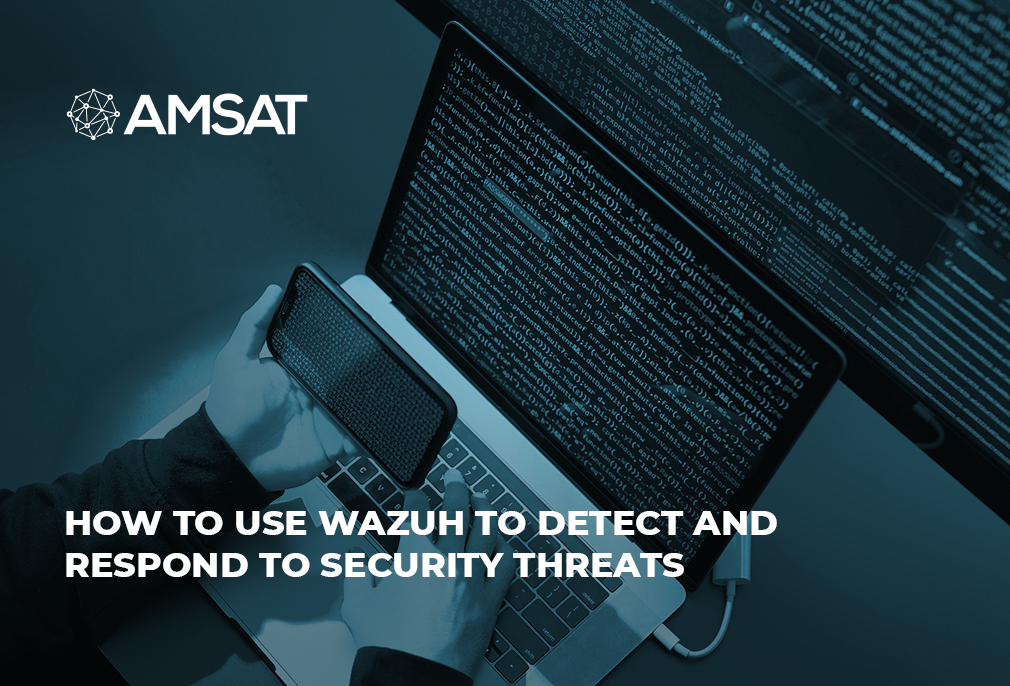
By AMSAT Sep 28,2023
How to Use Wazuh to Detect and Respond to Security Threats
Wazuh is a Security Information and Event Management (SIEM) system that is free and open-source. A highly flexible platform, Wazuh is an invaluable tool for detecting and mitigating security risks within any organization. Wazuh enables organizations to proactively respond to threats, boost their cybersecurity posture, and maintain the integrity of their data and systems.
Wazuh SIEM Review
A powerful and feature-rich SIEM system, Wazuh offers a wide range of capabilities, including:
Log collection and analysis: Wazuh can collect and analyze logs from a variety of sources, including servers, workstations, network devices, and security appliances.
Security threat detection: Wazuh uses a variety of techniques to detect security threats, including rule-based detection, anomaly detection, and machine learning.
Incident response: Wazuh provides a variety of tools to help security teams respond to security incidents quickly and effectively.
Using Wazuh to Detect and Respond to Security Threats
There are a number of ways to use Wazuh to detect and respond to security threats. Some common use cases include:
Detecting malware: Wazuh can be used to detect malware infections on endpoints by monitoring for suspicious file activity and changes to system files.
Detecting unauthorized access: Wazuh can be used to detect unauthorized access to systems and data by monitoring for suspicious login activity and file access patterns.
Detecting network attacks: Wazuh can be used to detect network attacks by monitoring for suspicious network traffic and activity.
Using Wazuh to Monitor NGINX Logs
Wazuh can be used to monitor NGINX logs to detect a variety of security threats, including:
Unauthorized access: Wazuh can detect unauthorized access to NGINX servers by monitoring for suspicious login activity and requests from unusual IP addresses.
Web attacks: Wazuh can detect web attacks, such as SQL injection and cross-site scripting, by monitoring NGINX logs for malicious requests.
Performance problems: Wazuh can also be used to monitor NGINX logs for performance problems, such as slow response times and errors.
To monitor NGINX logs with Wazuh, you will need to install the Wazuh agent on the NGINX server. Once the agent is installed, you will need to configure it to collect and send NGINX logs to the Wazuh manager.
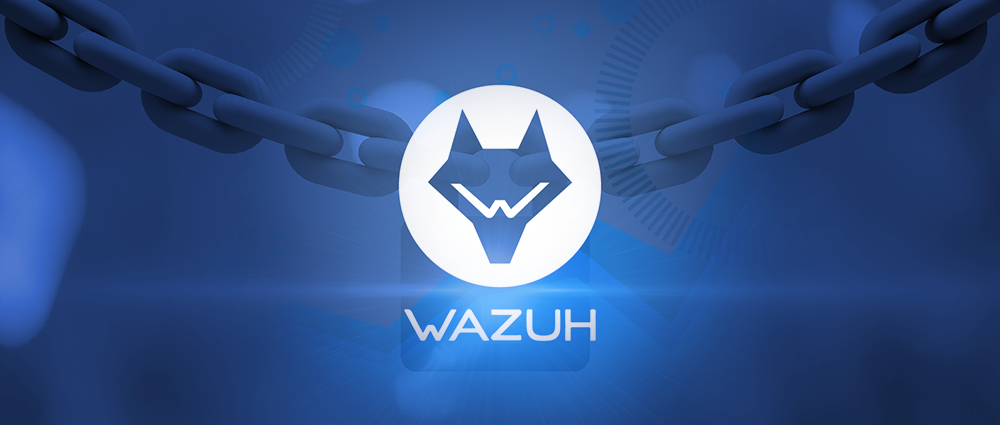
Wazuh Active Response
Wazuh also includes an active response module that can be used to automate responses to security incidents. This module allows you to configure Wazuh to take actions such as blocking malicious IP addresses, quarantining infected files, and disabling compromised user accounts.
To use Wazuh active response, you will need to configure the module on the Wazuh manager. Once the module is configured, you can create active response rules to specify the actions that Wazuh should take when certain security threats are detected.
Benefits of Using Wazuh
There are a number of benefits to using Wazuh, including:
Open source: Wazuh is a free and open-source SIEM system. This means that there are no licensing costs and the code is freely available for inspection and modification.
Highly customizable: Wazuh is a highly customizable platform that can be adapted to meet the needs of any organization. You can select the modules and rules that are relevant to your environment and configure Wazuh to collect and analyze the data that is most important to you.
Feature-rich: Wazuh offers a wide range of features, including log collection and analysis, security threat detection, and incident response. This makes it a one-stop shop for all of your SIEM needs.
Conclusion
Wazuh is a powerful and multipurpose SIEM system that can be used to detect and respond to a wide range of security threats. Trusted by thousands of enterprise users, Wazuh is the world’s most widely used open-source security solution.
It is flexible, scalable, and has no vendor lock-in or license cost. Simply put, Wazuh is an excellent choice for organizations of all sizes and budgets.
TAGS
- Cyber Security
- Digital Threats
Recent Blogs
Ready to Get Started?
Our specialists are ready to tailor our security service solutions to fit the needs of your organization.
